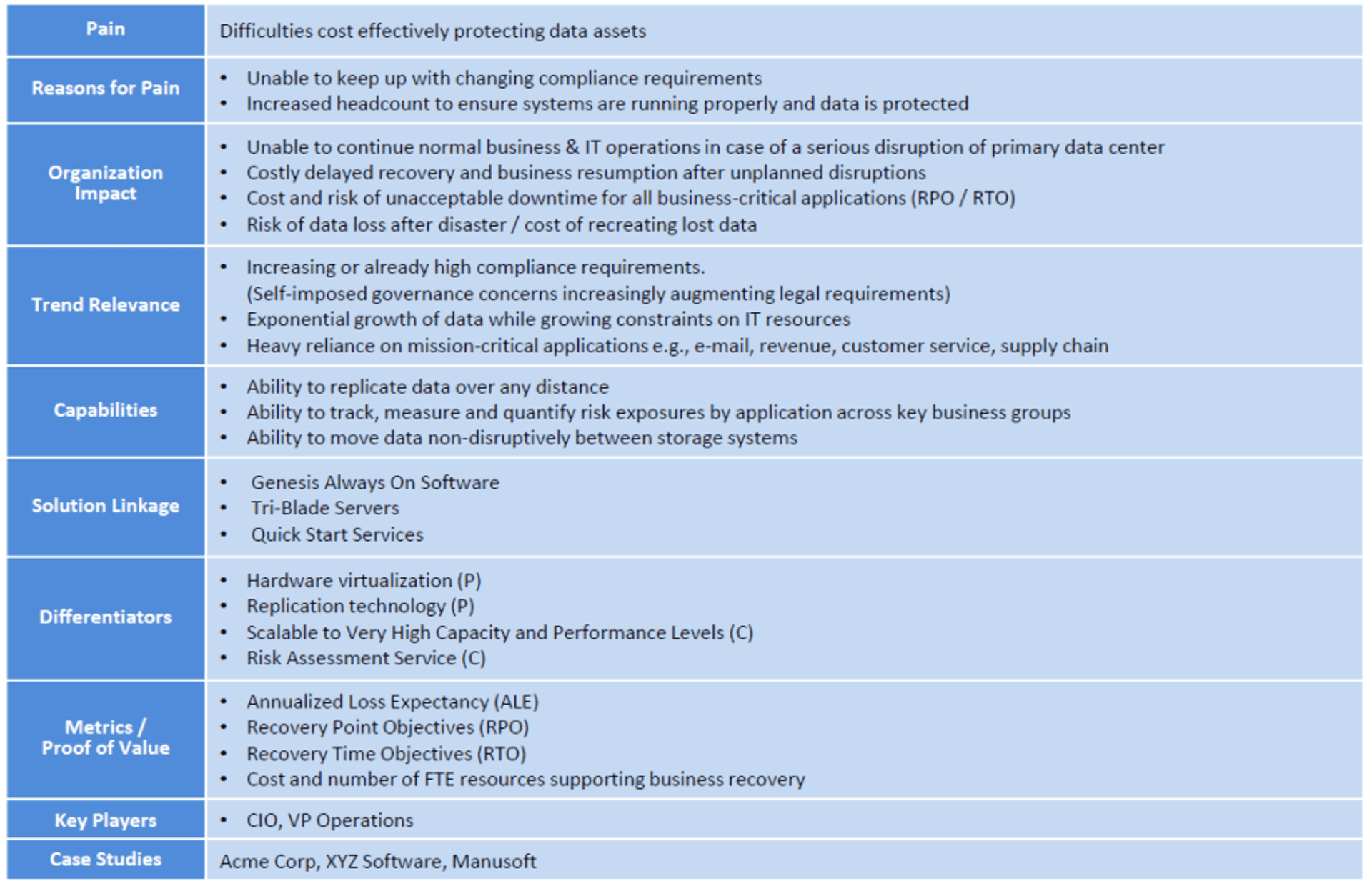Solution Messaging: Why Sales Professionals Need To Adjust Their Messages
Customer conversations

Fundamental business needs have changed. The most pertinent challenges are different than those at the beginning of the year. Research from PwC shows that capabilities like resiliency and agility are among the most important to businesses today.
At the same time, businesses are examining their partnerships through a different lens. Approximately half of businesses want to better understand the operational health of their suppliers in an effort to bring more consistency and stability to their model.
With so many changes like these, sales professionals need a way to find new relevance. They need to set aside what they have always known to be true and relearn the customer’s new direction. They need to speak to the customer’s new needs.
Redefining Effective Solution Messaging
In order to remain relevant even in a changing business environment, sales professionals need to review and adjust the way they are creating their messages. To get to the core of the customer’s changes and help sales professionals arrive at a new message that resonates, sales professionals answer the following questions:
- Who are our customers? Who is buying? Who is not?
- What is the customer’s new reality? How is it evolving?
- How do our products and services address the client’s new and emerging reality?
- How differentiated are we?
- How do we articulate our capabilities against the current reality?
Solution Messaging Framework
To enable their sales teams to keep in mind each client’s unique business situation, some clients create Solution Messaging Cards, which capture the key information and thinking that their sellers need. A card consists of the following components:
- Pain (Customer Problem) – a brief description of the problem, need, or opportunity being experienced by an idealized customer (or “persona”)
- Reasons for Pain – specific causal factors in the customer’s environment that are creating the problem situation
- Organization Impact – Specific operational and financial impact of the problem on the customer’s business – specifically, the bad things that happen if the problem is not addressed
- Trend Relevance – key trends and issues in the marketplace that relate to the problem state of the customer, which illustrate its pertinence and importance
- Capabilities – capabilities required to address the specific causes of the problem
- Solution Linkage – how the proposed solution fulfills the capabilities required to address the problem or need
- Differentiators – unique aspects of the solution that provide an advantage for the customer
- Metrics/Proof of Value – operational and financial metrics that can be used to determine if the problem is being successfully addressed
- Key Players – roles within the organization who typically experience this specific pain
- Case Studies – related case studies that demonstrate prior success in solving the problem

Messages for each critical business issue that a solution addresses can be used to create a “deck” of Solution Messaging Cards. Such a collection of solution-centric messaging provides a common language and frame of reference for key marketing and sales communications. This gives sellers the ability to communicate effectively with buyers, who can then make a confident purchase decision.

Solution Messaging Training Program Brochure
Learn about this program that helps marketers & enablement professionals differentiate their messaging.
DownloadGet industry insights and stay up to date, subscribe to our newsletter.
Joining our community gives you access to weekly thought leadership to help guide your planning for a training initiative, inform your sales strategy, and most importantly, improve your team's performance.






